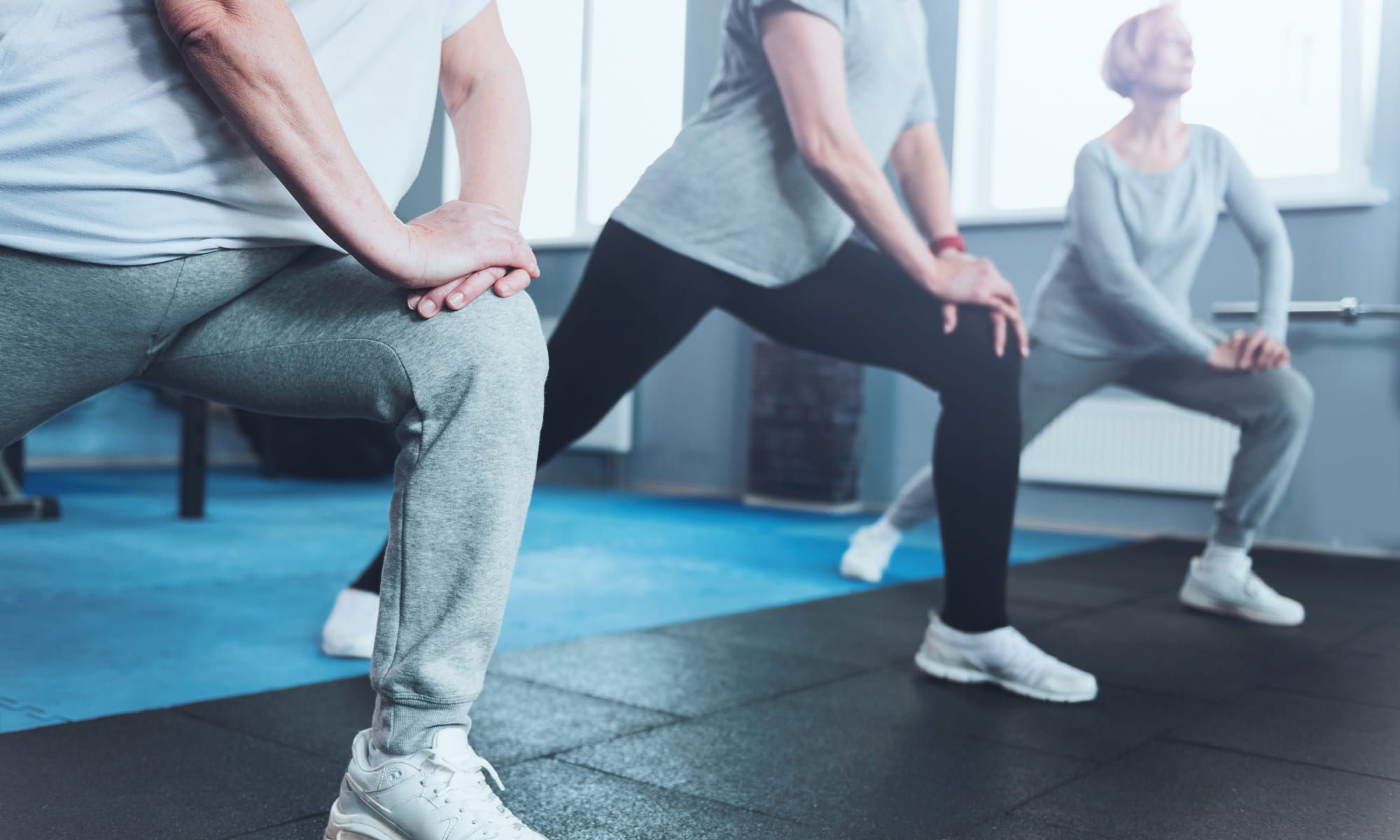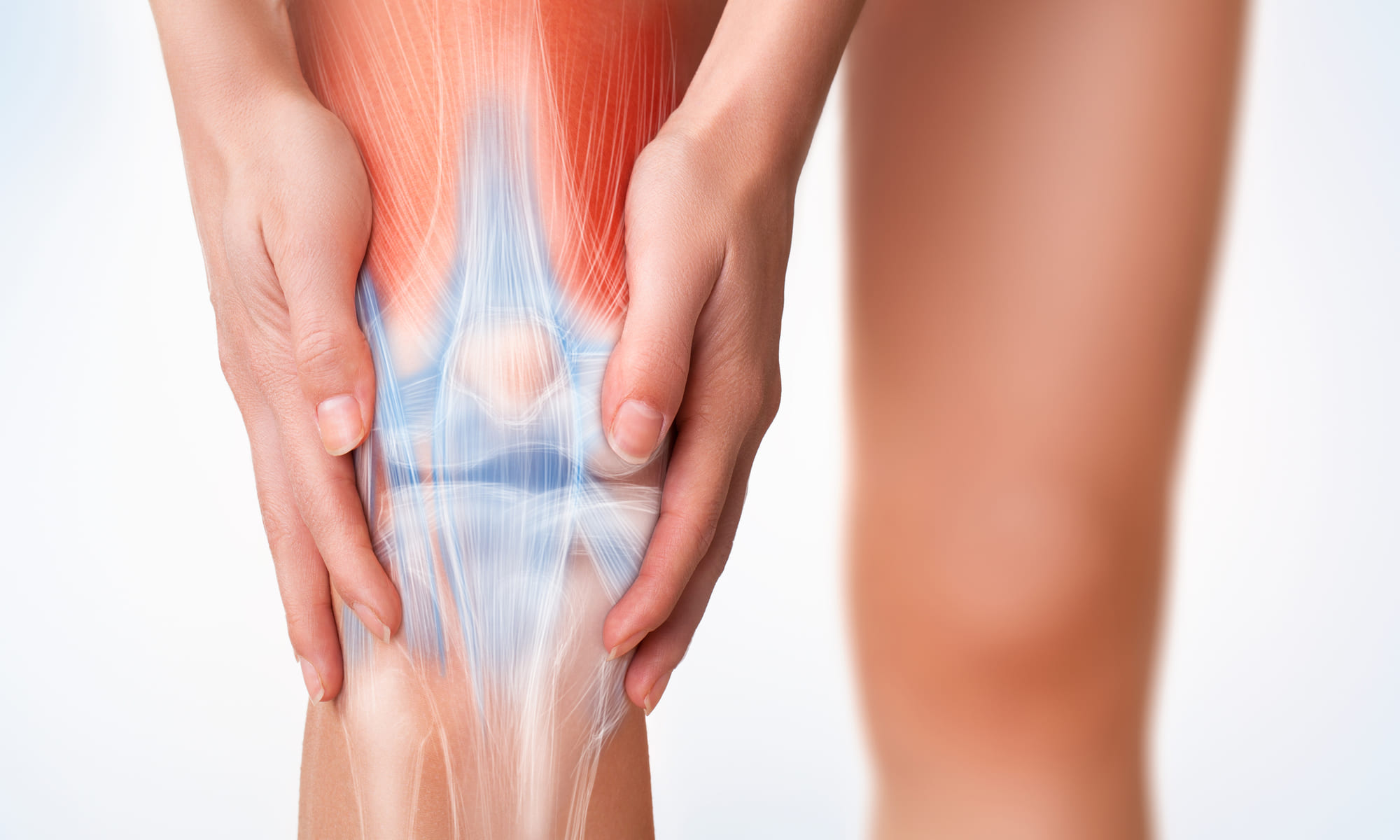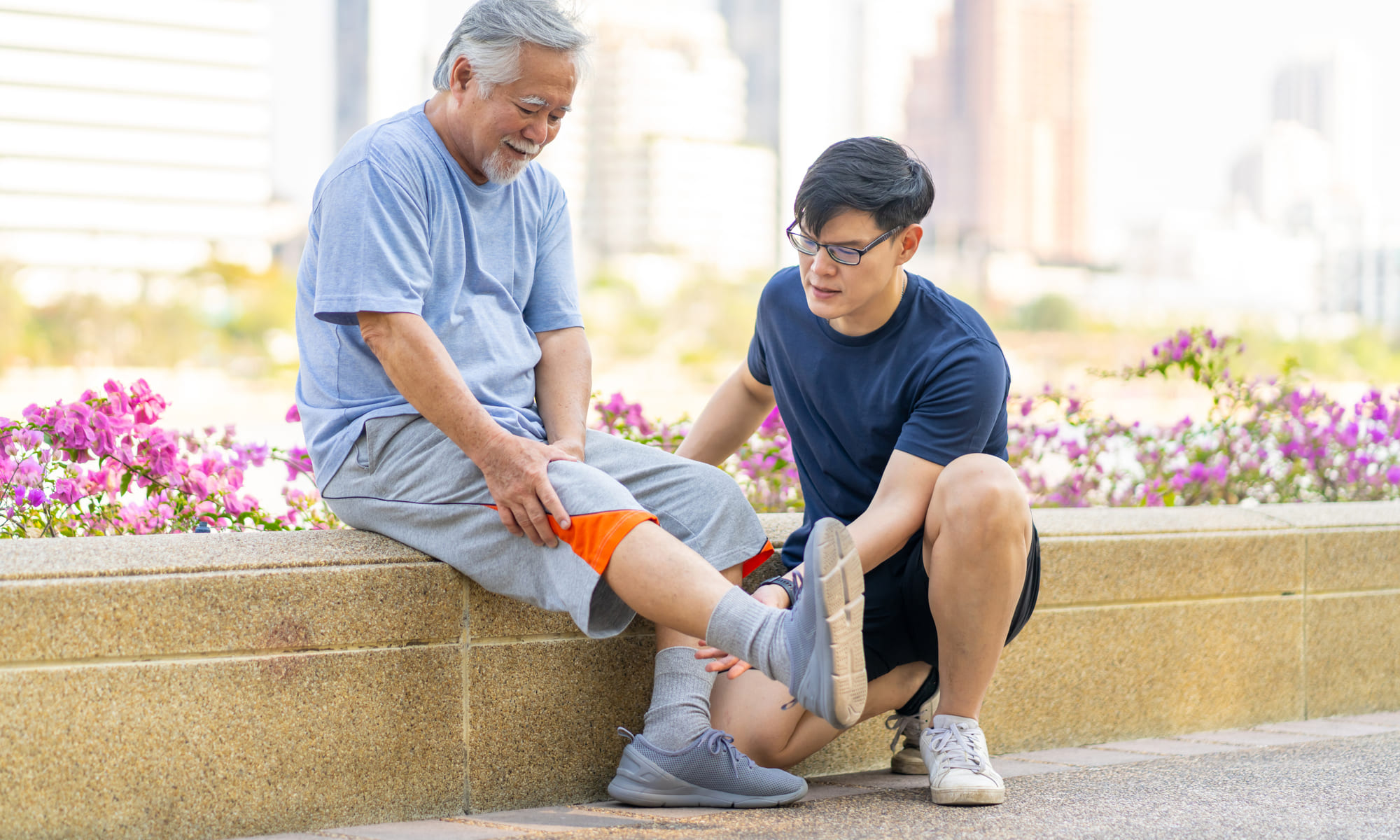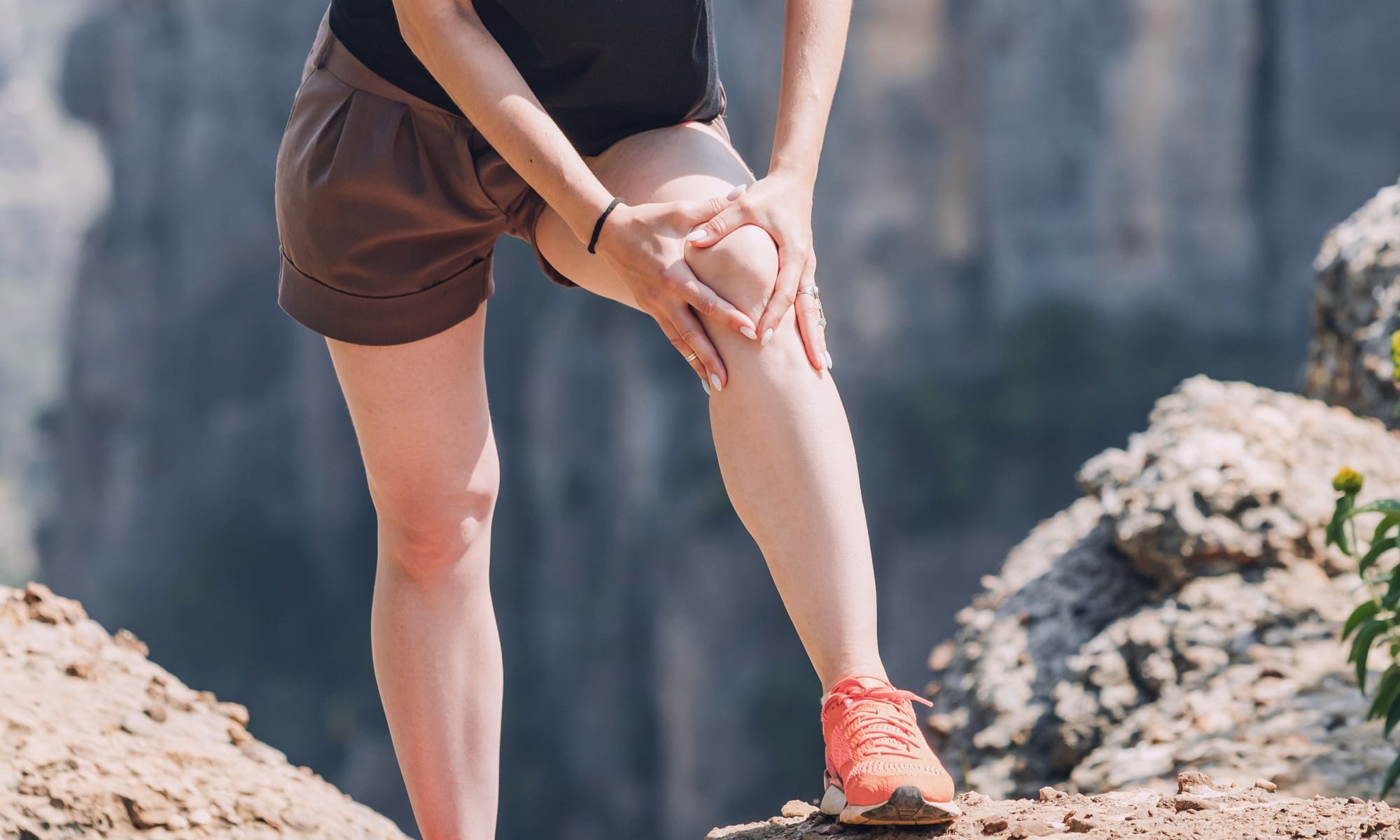Top Categories
Knee ligament injuries are a common occurrence, particularly among athletes and individuals leading active lifestyles. These can result from various causes such as sudden twists, direct blows, or overuse.
Understanding Knee Ligament Injuries
The knee is a complex joint, and its stability is largely provided by four key ligaments:
- Anterior Cruciate Ligament (ACL): This ligament connects the thigh bone to the shin bone at the centre of the knee, preventing the shin bone from sliding out in front of the thigh bone.
- Posterior Cruciate Ligament (PCL): The PCL, similar to the ACL, connects the thigh bone to the shin bone, but it works to prevent the shin bone from sliding backwards under the thigh bone.
- Medial Collateral Ligament (MCL): This ligament stabilises the inner knee.
- Lateral Collateral Ligament (LCL): This ligament gives stability to the outer knee.
Common types of knee ligament injuries include:
- ACL injuries: These are often caused by a sudden stop or change in direction.
- PCL injuries: These typically result from a direct blow to the front of the knee.
- MCL injuries: These are usually caused by a direct blow to the outside of the knee.
- LCL injuries: These can occur due to a direct force on the inside of the knee.
Symptoms and diagnosis of knee ligament injuries often involve:
- Pain and swelling: Immediate pain and swelling are common indicators of a knee ligament injury.
- Instability: A feeling of the knee giving way or being unstable may suggest a ligament injury.
- Limited movement: Difficulty moving the knee or reduced range of motion can be a symptom of a knee ligament injury.
- Diagnosis: Knee ligament injury can be diagnosed through a physical examination and imaging tests such as an X-ray or MRI.
Rehab Exercises for Knee Ligament Injuries
Quad Sets
- Muscles targeted: Quadriceps
- Equipment needed: None
- Sets and repetitions: 3 sets of 10-15 repetitions
- Instructions: Sit on the floor with your injured leg extended and your other leg bent. Tighten the muscle at the front of your thigh (quadriceps) by pushing your knee towards the floor. Hold for about 5 seconds, then relax.
- Tip: Keep your knee’s back as flat against the ground as possible.
Straight Leg Raises
- Muscles targeted: Quadriceps, Hip flexors
- Equipment needed: None
- Sets and repetitions: 3 sets of 10-15 repetitions
- Instructions: In the same position as the quad sets, tighten your quadriceps and lift your leg about 30 cm off the ground. Keep your leg straight and hold for about 5 seconds before lowering.
- Tips: Make sure your lower back remains in contact with the ground. Avoid arching it as you lift your leg.
Heel Slides
- Muscles targeted: Hamstrings, Quadriceps
- Equipment needed: A slippery surface or a small towel can make sliding easier
- Sets and repetitions: 3 sets of 10-15 repetitions
- Instructions: Lying on your back, slowly bend the knee of your injured leg while sliding your heel/foot across the floor towards your buttock. Slide it back into the extended position.
- Tips: The movement should be slow and controlled. Do not force the bend.
Bridges
- Muscles targeted: Glutes, Hamstrings
- Equipment needed: Exercise mat or soft surface
- Sets and repetitions: 3 sets of 10-15 repetitions
- Instructions: Lie on your back with your knees bent and your feet flat on the floor. Squeeze your glutes and lift your hips off the floor until your body forms a straight line from your shoulders to your knees. Lower back down.
- Tips: Keep your feet hip-width apart and ensure your knees don’t cave inward as you lift your hips.
Standing Hamstring Curls
- Muscles targeted: Hamstrings
- Equipment needed: None
- Sets and repetitions: 3 sets of 10-15 repetitions
- Instructions: Stand next to a wall or chair for support. Bend the knee of your injured leg, bringing your heel up towards your buttock. Keep your thighs aligned, and don’t arch your back. Slowly lower your foot back down.
- Tips: Ensure you maintain an upright posture and focus on the hamstrings doing the work.
Mini Squats
- Muscles targeted: Quadriceps, Glutes
- Equipment needed: None
- Sets and repetitions: 3 sets of 10-15 repetitions
- Instructions: Stand with your feet shoulder-width apart. Bend your knees and lower your body as though you’re about to sit, but only go about halfway down. Your knees should stay over your ankles and not extend beyond your toes. Stand back up.
- Tips: Keep your weight evenly distributed through your feet, and maintain good posture throughout the movement.
Wall Slides
- Muscles targeted: Quadriceps, Glutes
- Equipment needed: None
- Sets and repetitions: 3 sets of 10-15 repetitions
- Instructions: Stand with your back against a wall and your feet about a foot away from the wall. Slowly slide your back down the wall, bending your knees as though you’re going to sit down. Slide down until your knees are bent about halfway (or as far as comfortable), then slowly slide back up.
- Tips: Ensure your knees stay aligned with your toes, and don’t let them collapse inward. Your lower back should remain in contact with the wall throughout the exercise.
Safety precautions and tips for performing these exercises include starting slowly, not pushing through pain, and seeking guidance from our sports medicine specialist.
Rehabilitation in Knee Ligament Injury Recovery
The rehabilitation process for knee ligament injuries involves several stages:
Initial Rest and Pain Management
- After an injury, rest the affected knee to prevent further damage. Avoid weight-bearing activities as much as possible.
- Apply ice to the knee for 15-20 minutes every 2-3 hours in the first few days to reduce swelling and alleviate pain.
- Compress the knee using an elastic bandage or knee brace to limit swelling and provide support.
- Elevate the knee above heart level when resting to reduce swelling.
- You may take over-the-counter pain relievers to manage pain but always follow the recommended dosage.
Physiotherapy
- After the initial healing period, begin gentle range-of-motion exercises to restore flexibility to the knee.
- Gradually include strength training exercises, such as leg raises and mini squats, to rebuild muscle strength around the knee.
- Include balance exercises to improve stability and coordination.
- Follow a structured rehabilitation programme and ensure regular follow-up sessions to monitor progress.
- Perform all exercises in a controlled, steady manner and avoid pushing your knee too hard.
Gradual Return to Activity
- Once strength and flexibility have improved, you can slowly reintroduce regular activities. Do this under the guidance of a sports injury specialist or qualified professional.
- Start with low-impact activities such as swimming or cycling before moving on to high-impact activities.
- Monitor your knee closely for any signs of pain or discomfort when returning to activity. If these occur, scale back movement and seek medical advice.
- It’s essential to be patient and not rush the process. Returning to full activity too soon can risk re-injury.
- Regularly communicate with your sports injury specialist about your progress. They can adjust your activity levels based on how your knee is healing.
Conclusion
Rehab exercises restore strength, flexibility, and stability to the knee, enabling individuals to return to their normal activities. Follow a personalised rehab programme and seek professional advice to ensure exercises are performed safely and effectively.



